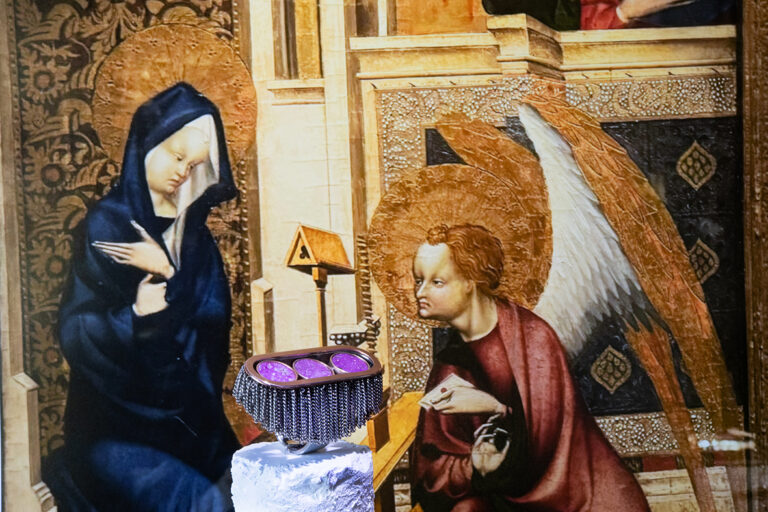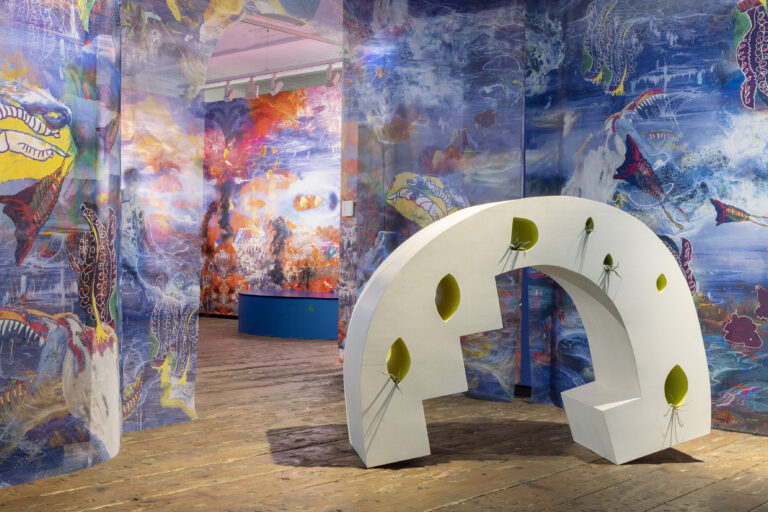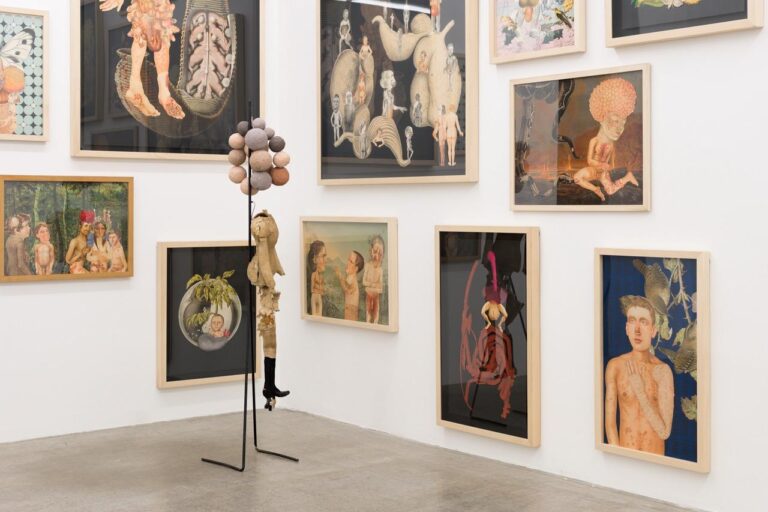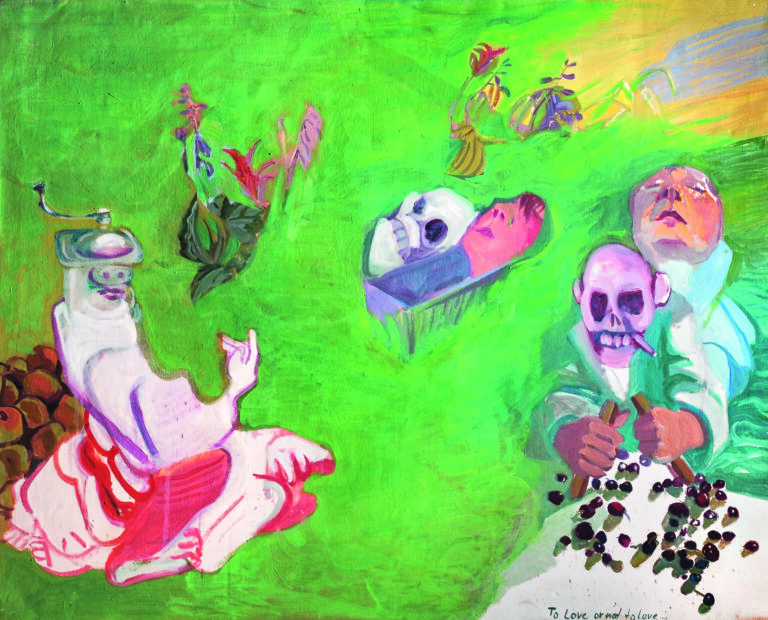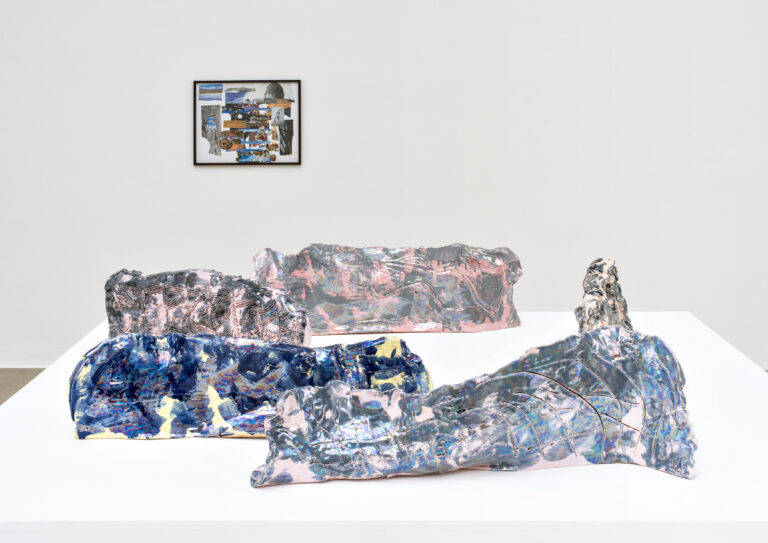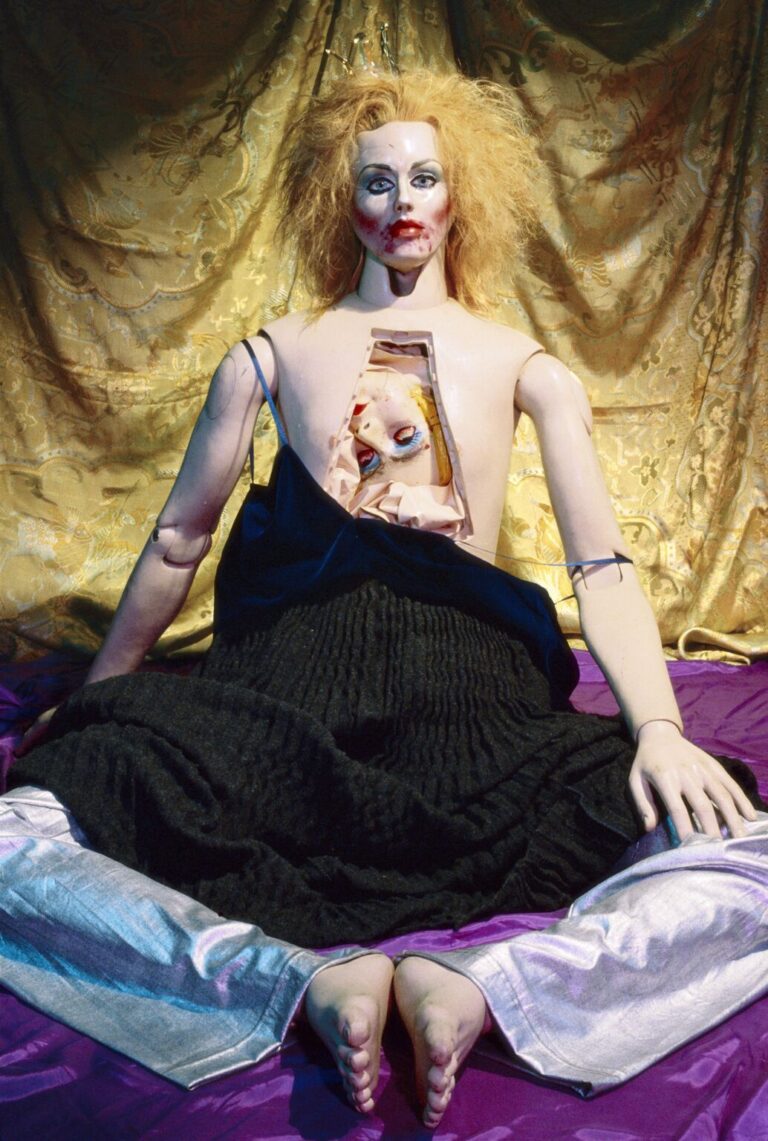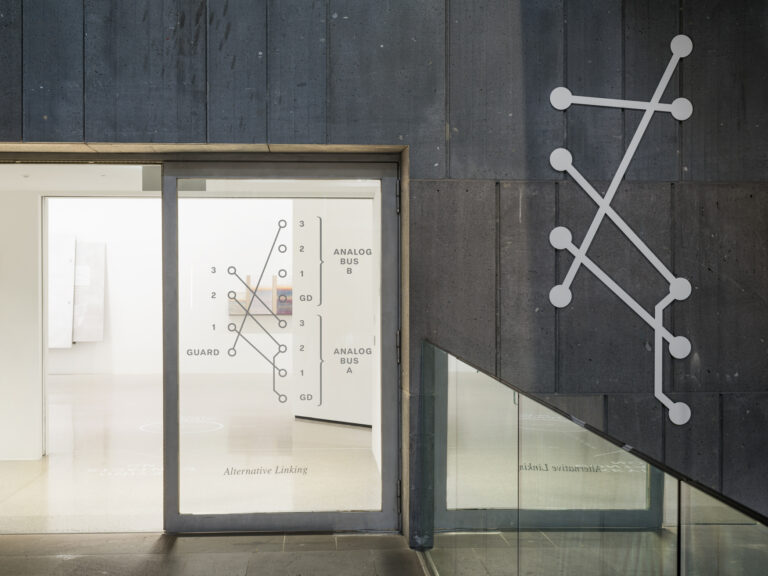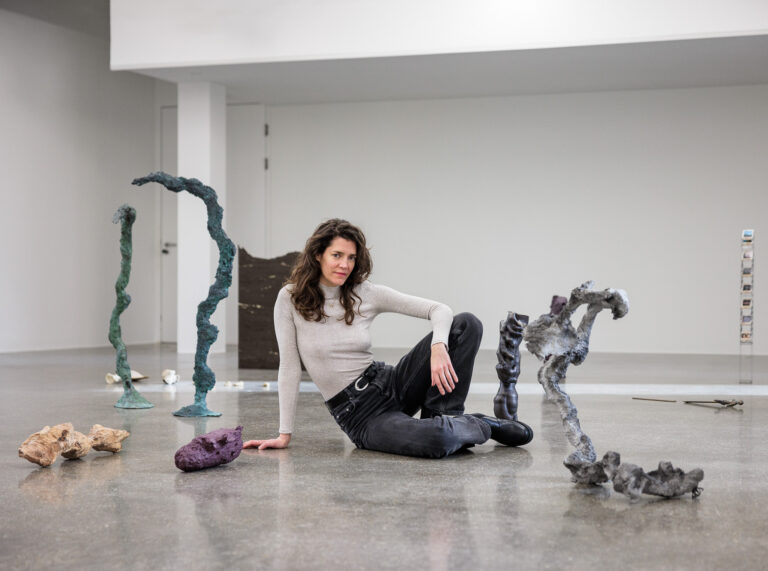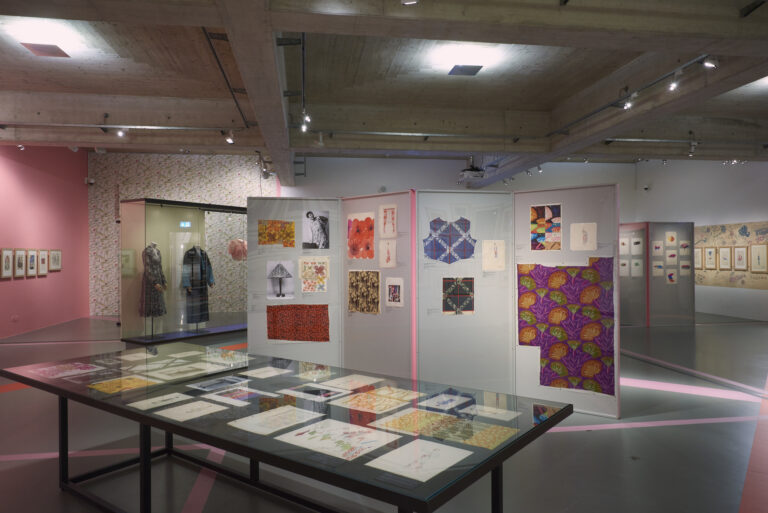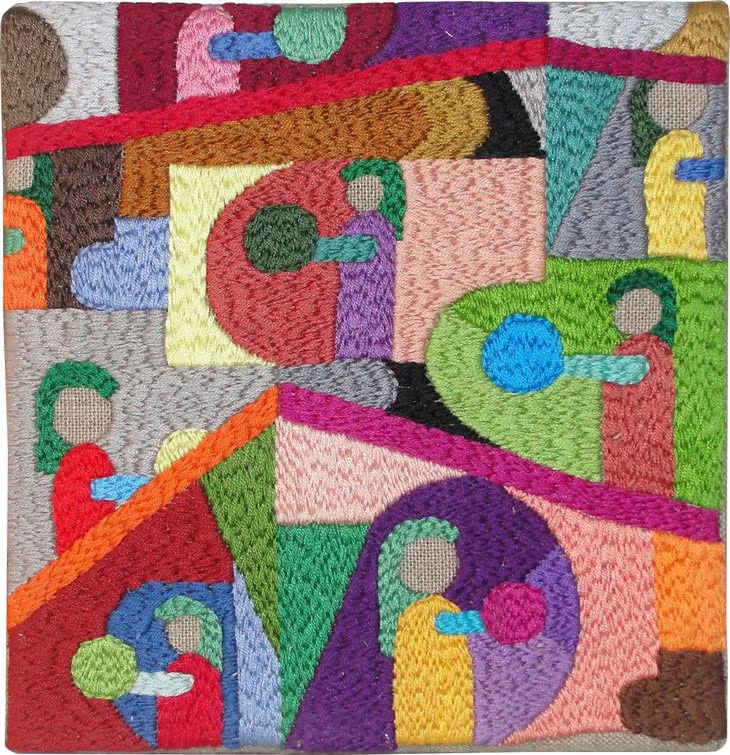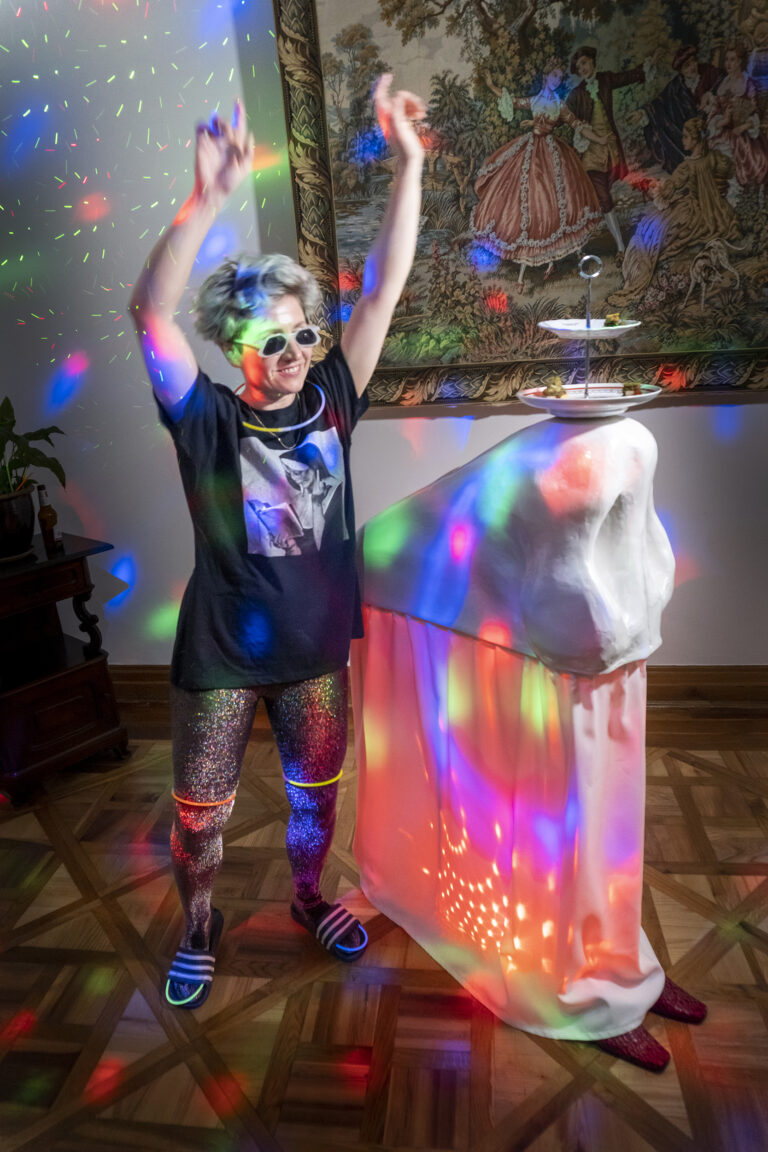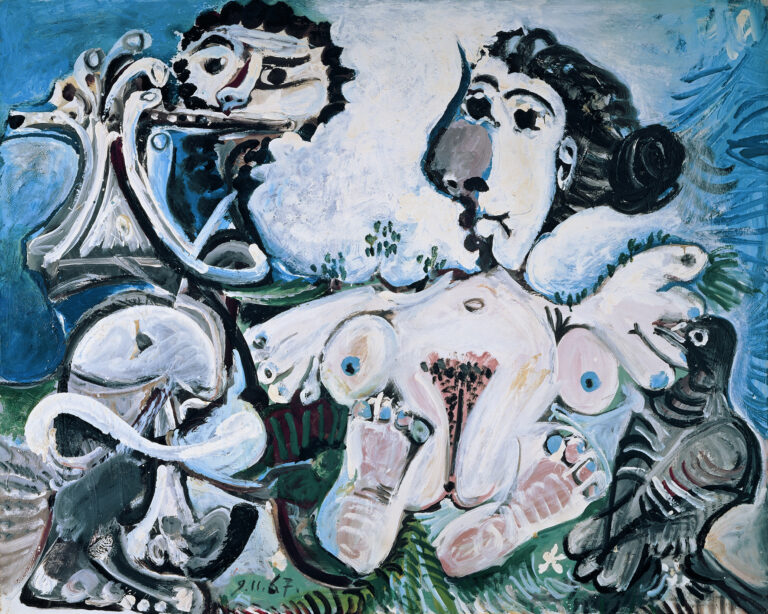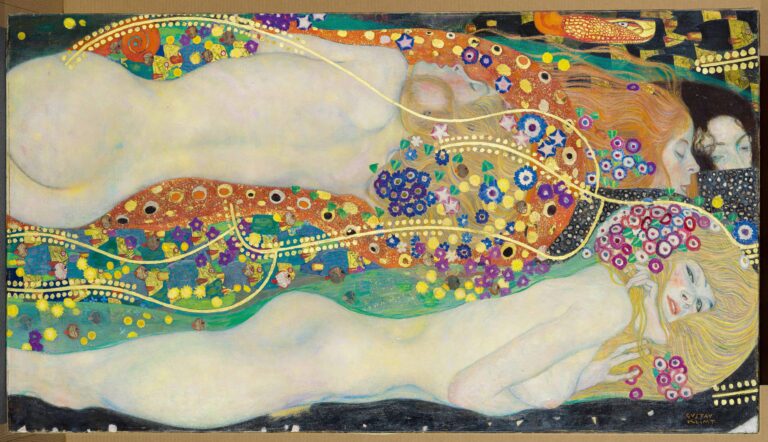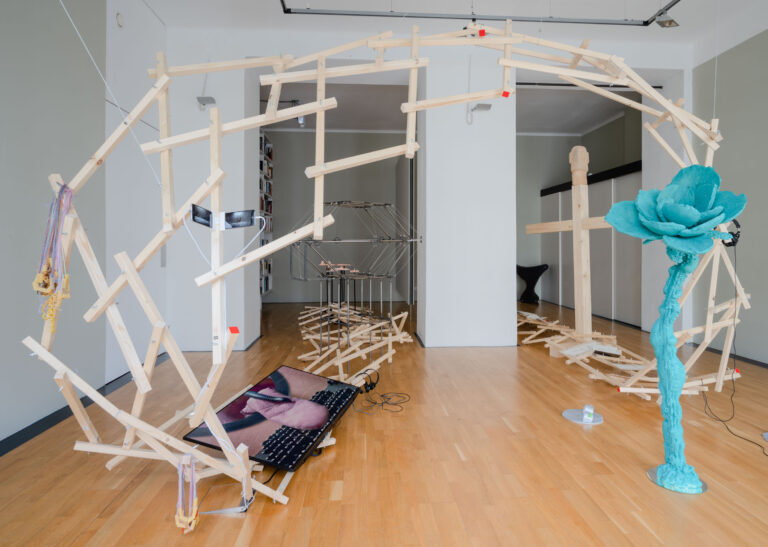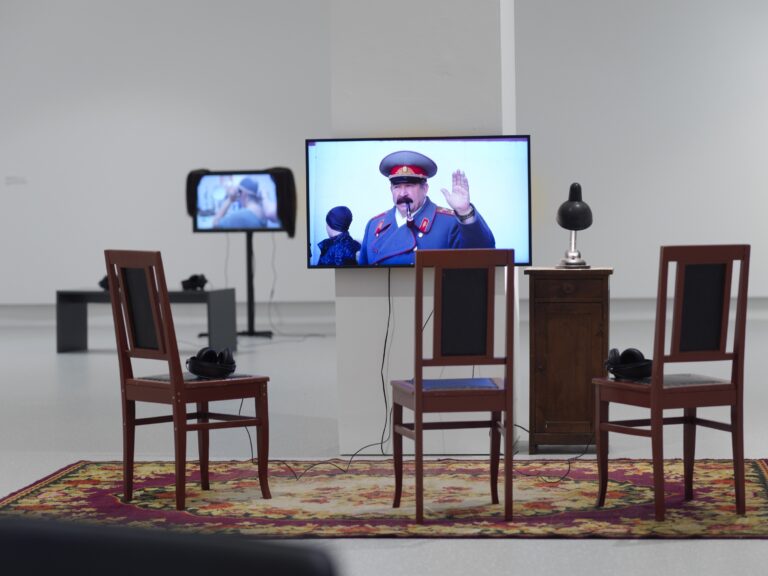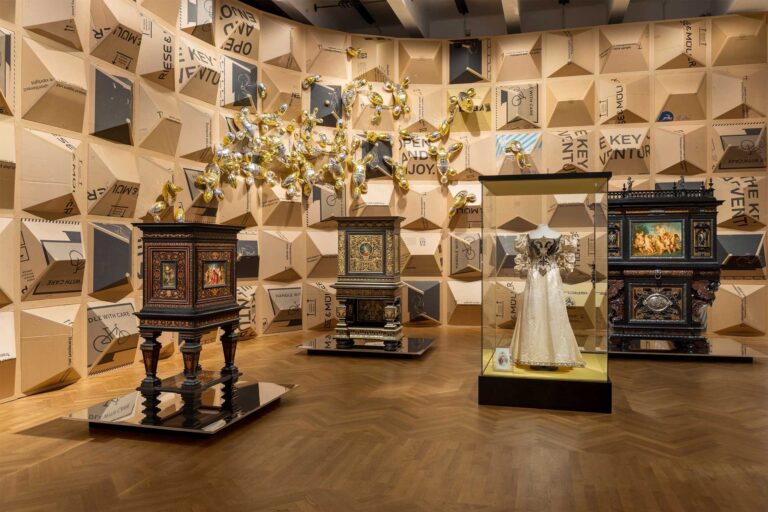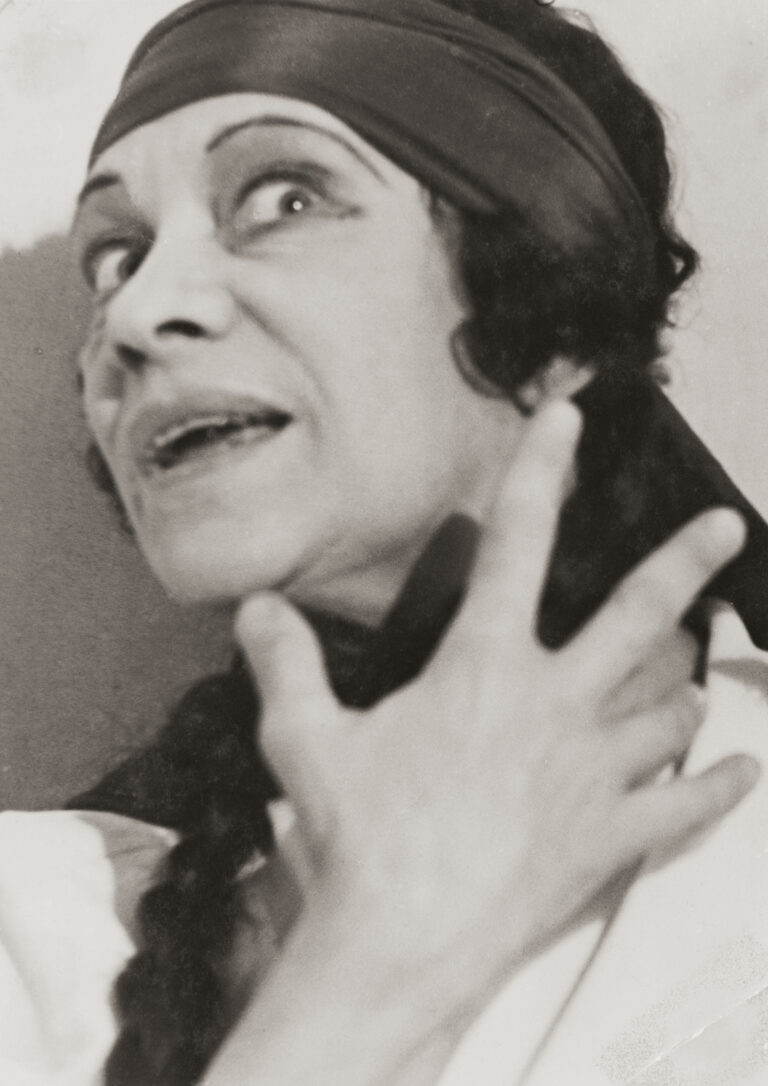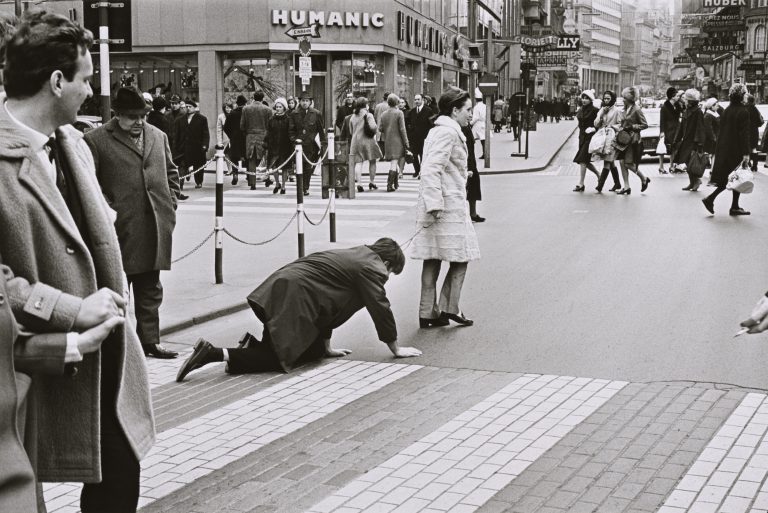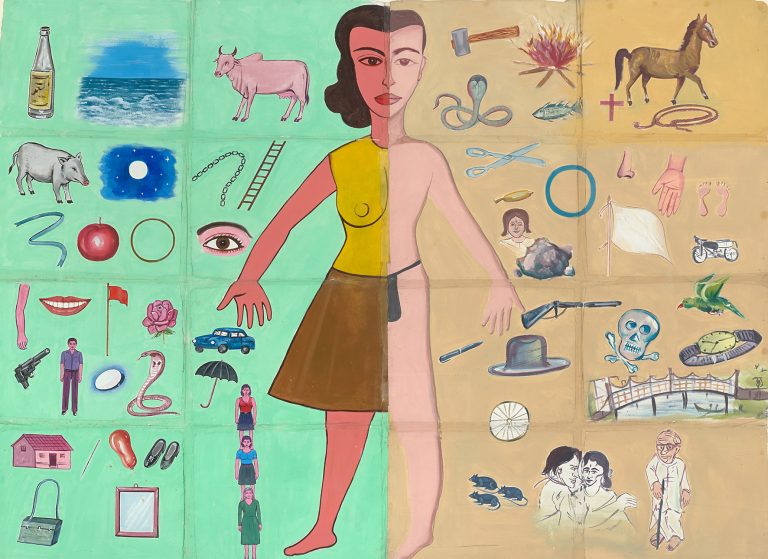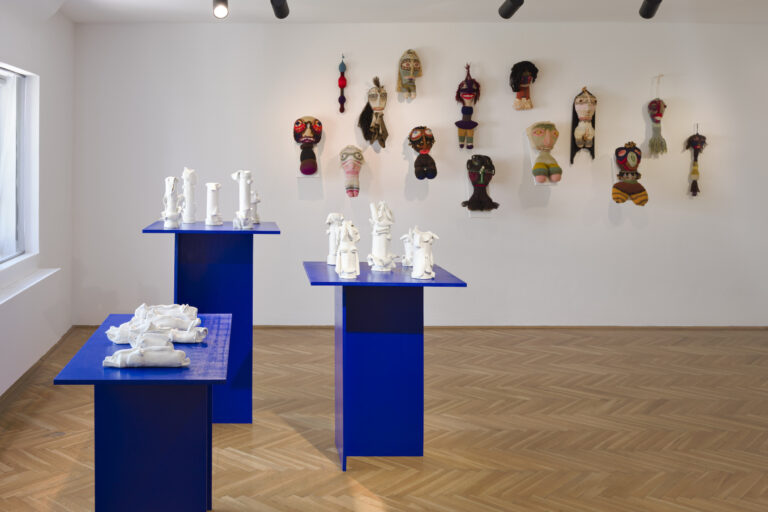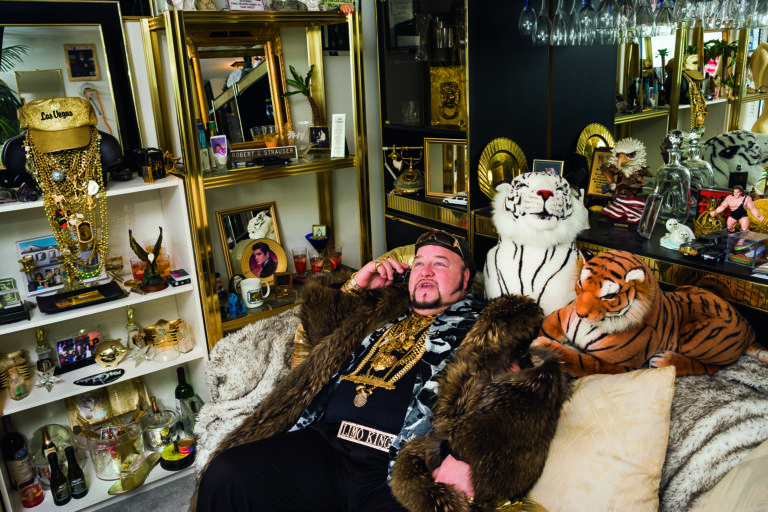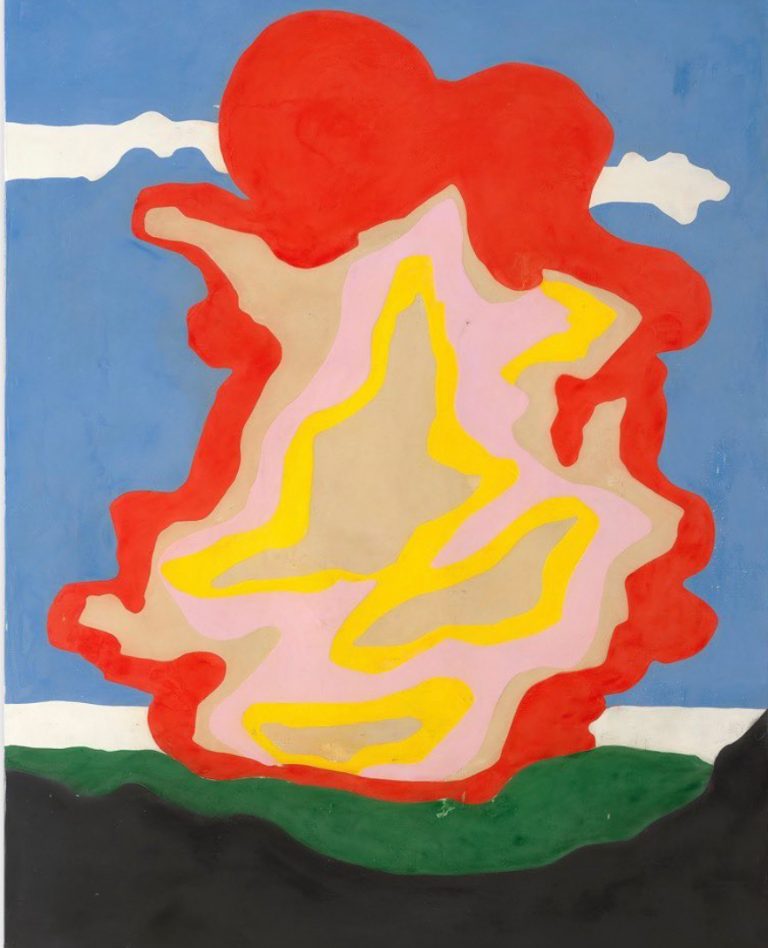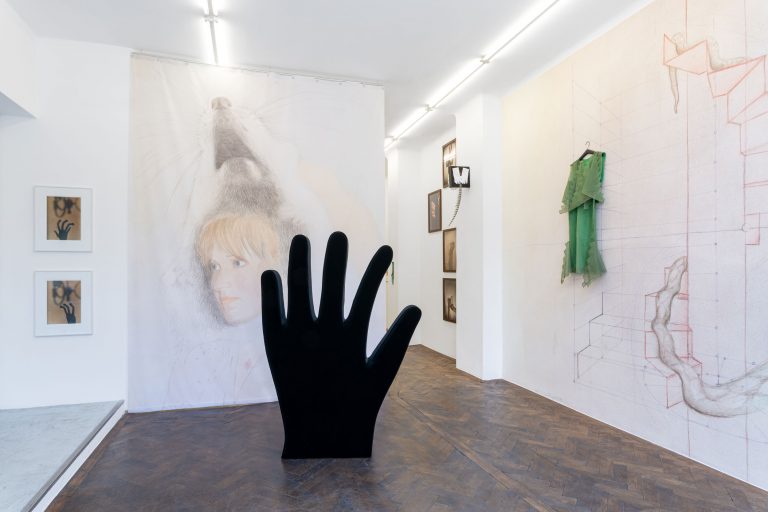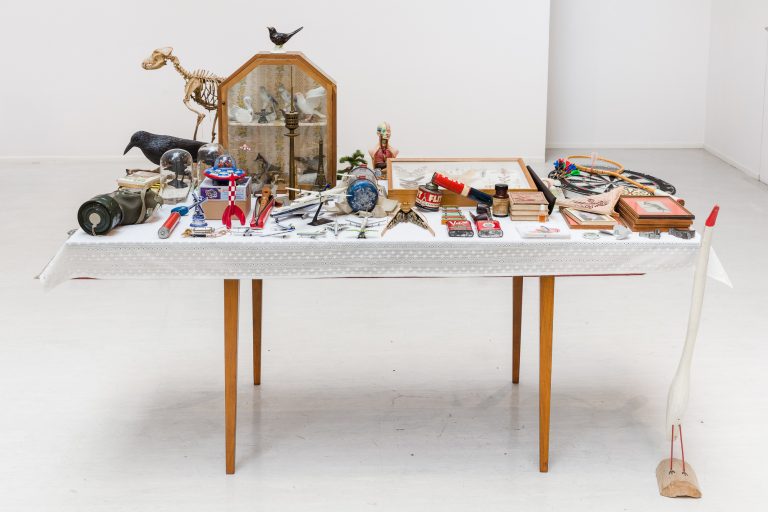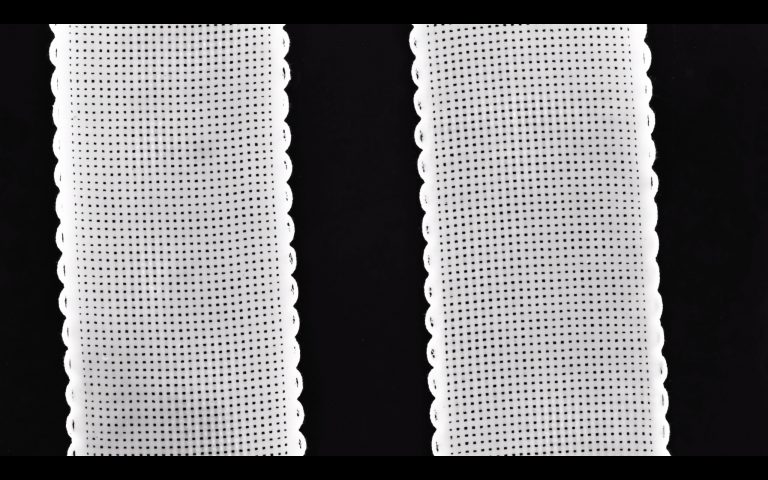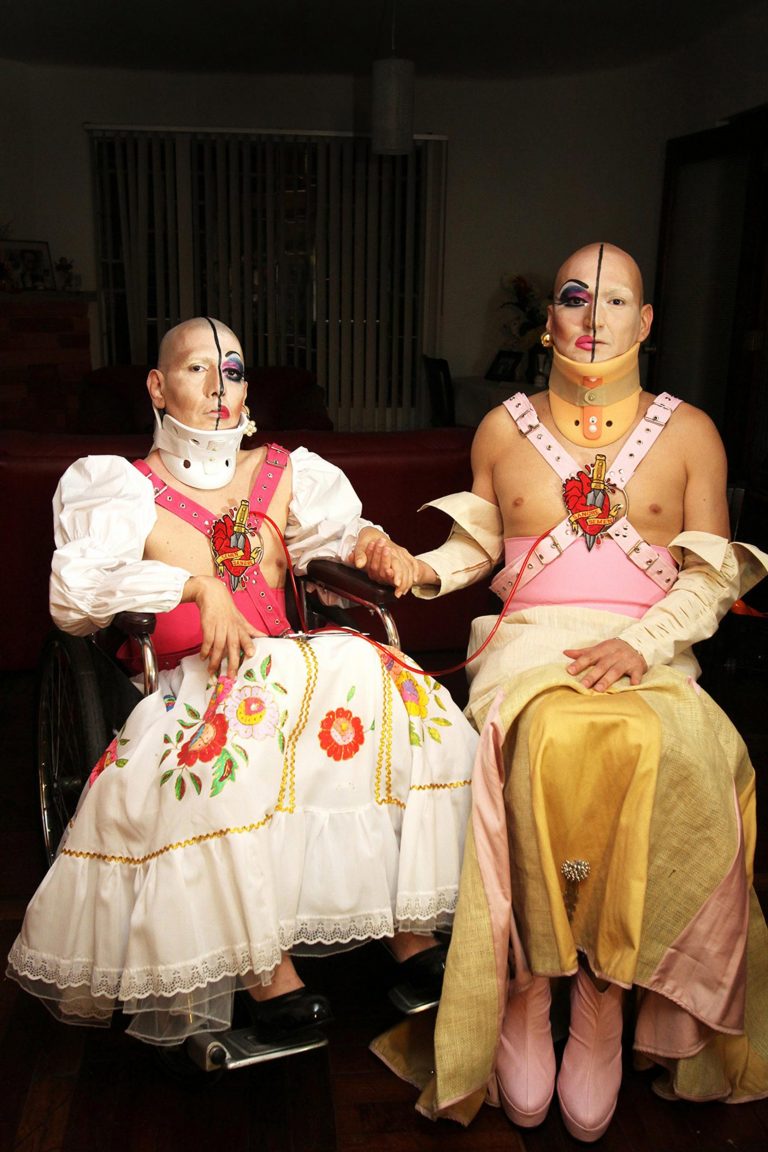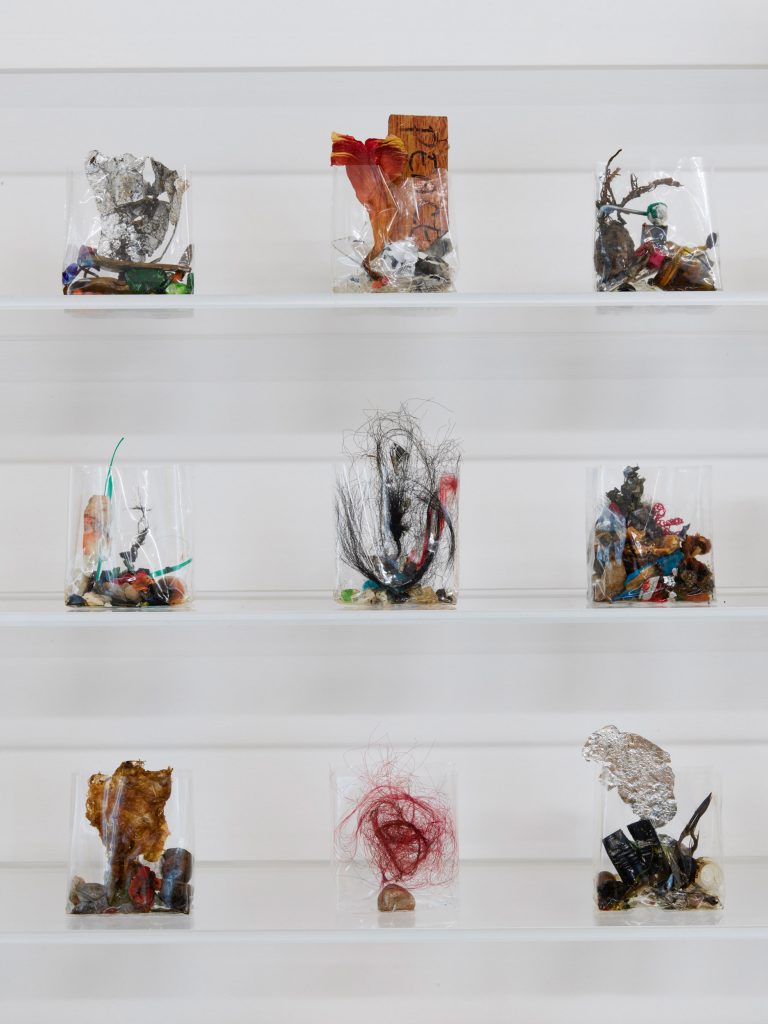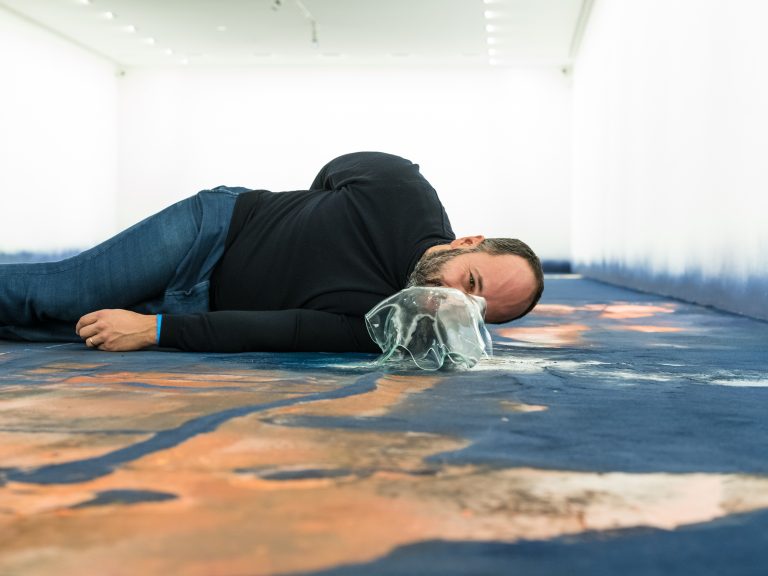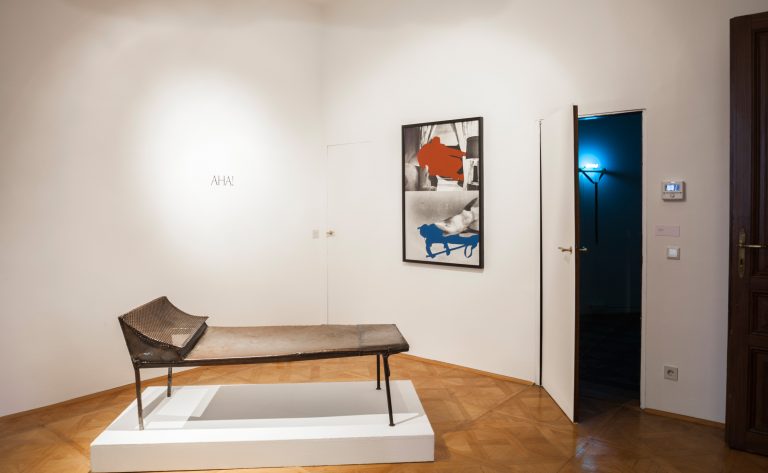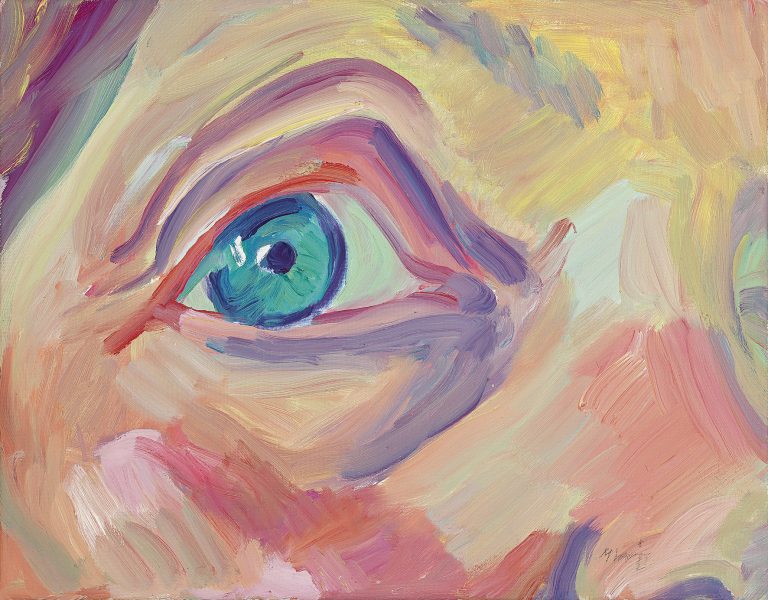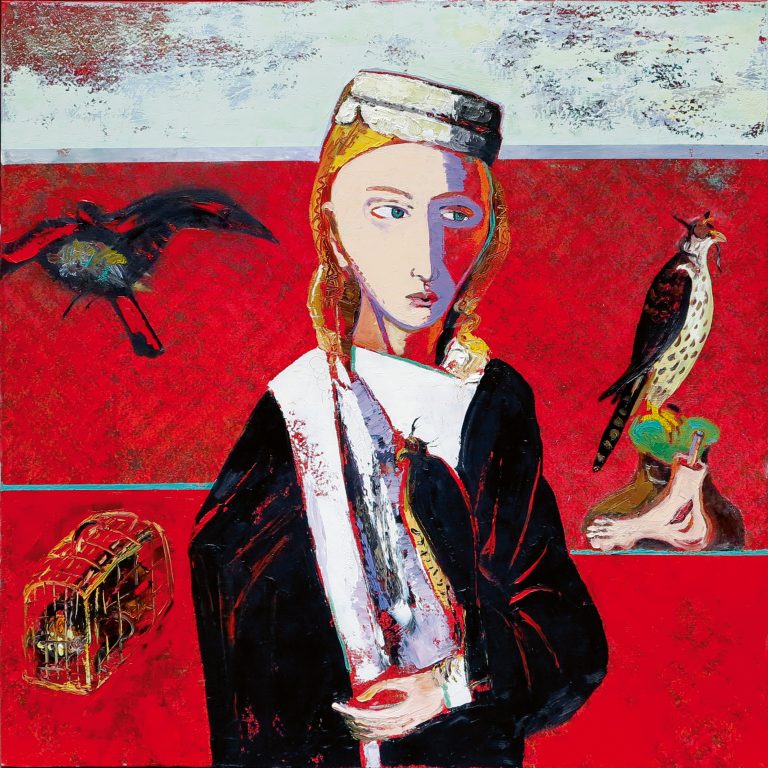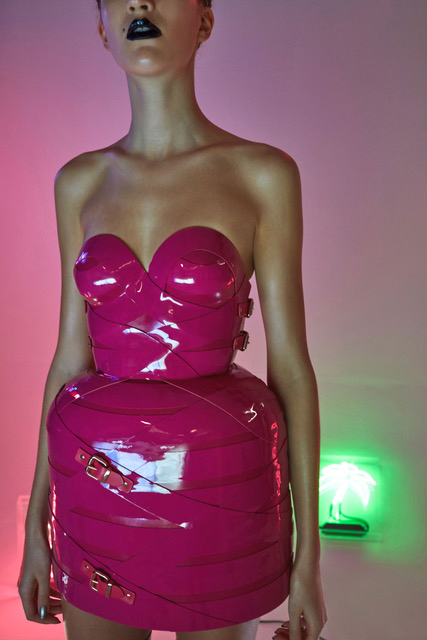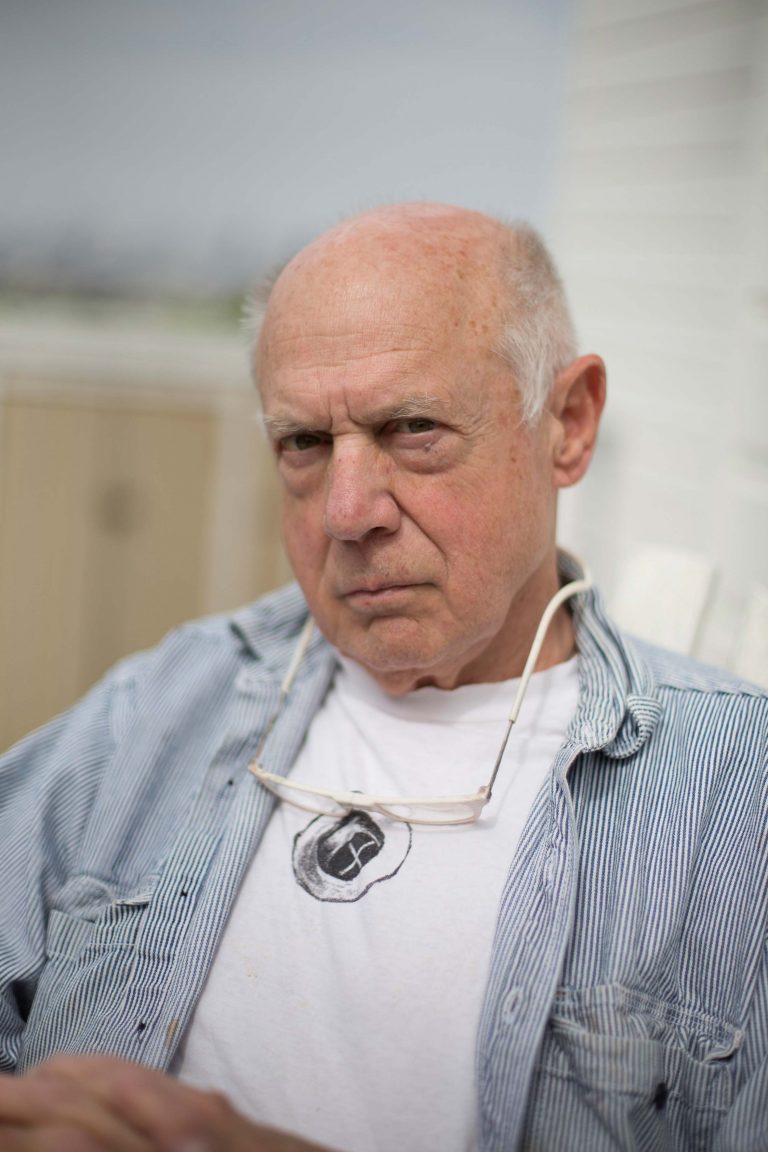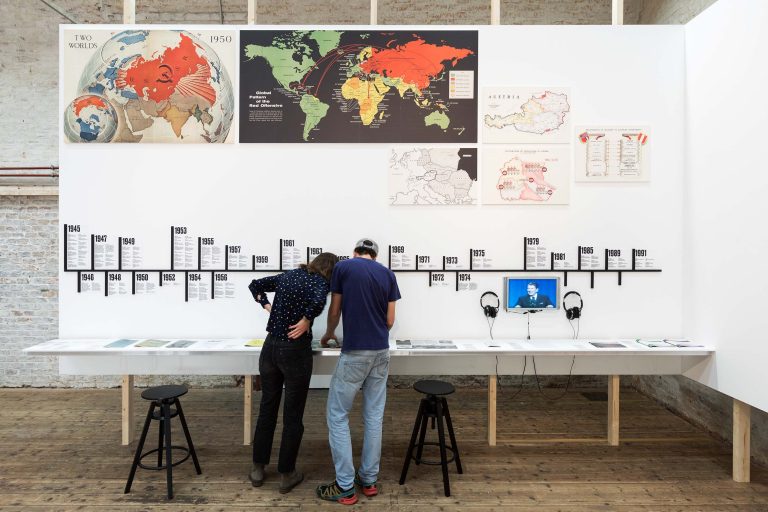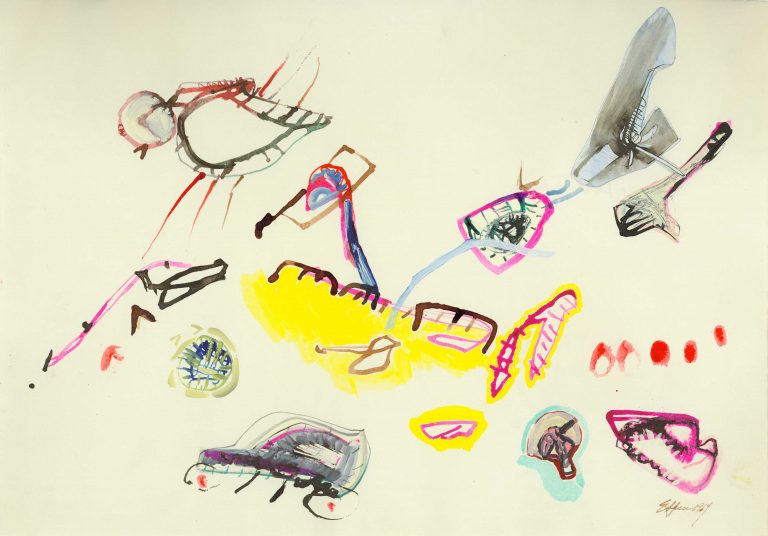Lavalamp Fever at the Secession – Lazar Lyutakov “1 Million Random Numbers”
Two worlds collide in the current exhibition by Lazar Lyutakov at the Secession - Sabine B. Vogel was there and was fascinated.
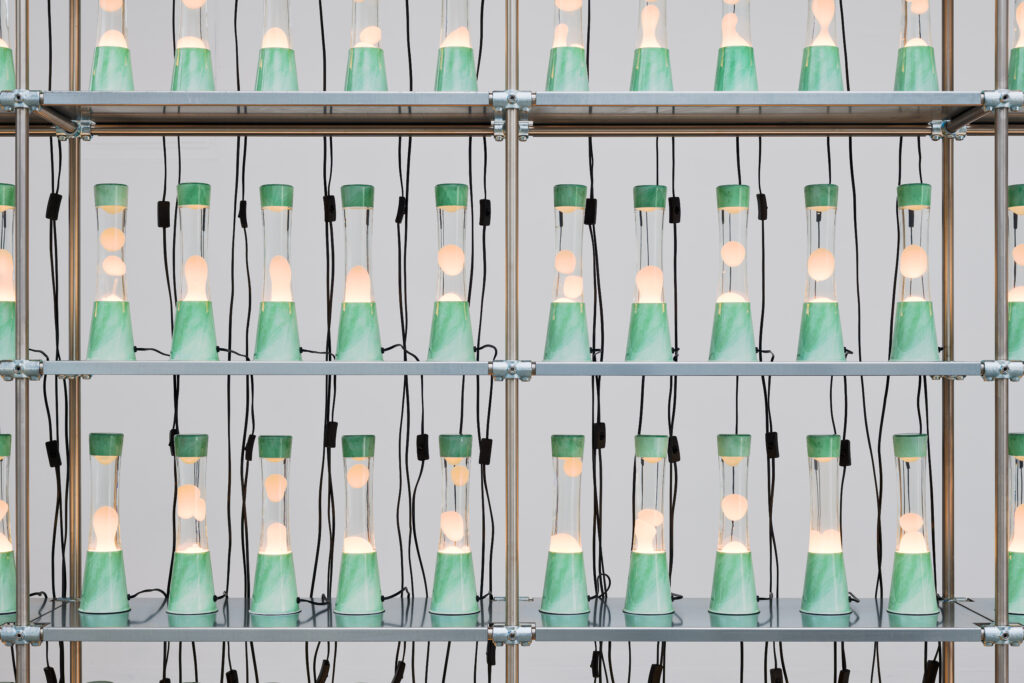
Lazar Lyutakov, 1 Million Random Numbers, Ausstellungsansicht, Secession 2023, Foto: Peter Mochi
“Astro” was the name of the very first lava lamp, which was launched in 1963 to coincide with the flower power decade: Two non-soluble substances are contained in a bottle-like vessel. When heated, the two become liquid without ever mixing. Thanks to the addition of colorants, psychedelic lava effects result: Shapes form, change, rise and fall again, all in slow motion. Initially a cult lamp that sold millions of copies, the object soon lost its significance, experienced a revival in the 1990s, and can now be bought in an incalculable number of variations, including limited special editions. Now Lazar Lyutakov has placed more than one hundred lava lamps in the main room of the Vienna Secession.
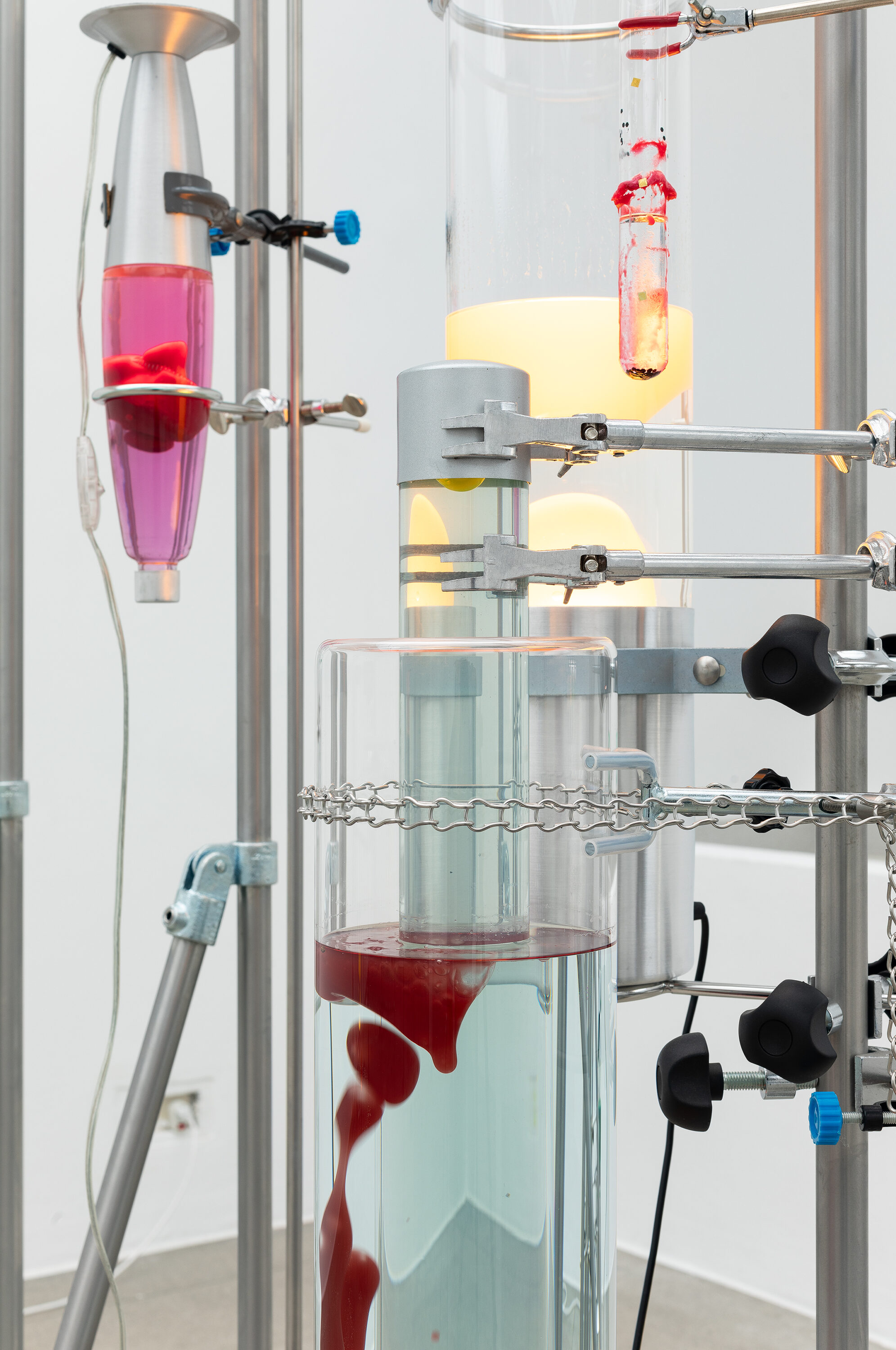
Lazar Lyutakov, 1 Million Random Numbers, installation view, Secession 2023, photo: Peter Mochi
Gold particles float in some lamps, blood-red bubbles, glitter or even just a single, viscous form in others. The artist, who was born in Bulgaria in 1977 and lives in Vienna, arranges the objects in an irritatingly alienated way, however: sometimes they hang on the wall in a stainless steel frame like a panel painting, stand close together on tables, or are built into racks that immediately remind us of laboratories and experiments. Their originally hypnotic effect is transformed here by the many metal stands into a strict, scientific-looking arrangement that stands in stark contrast to the soft bubble forms.
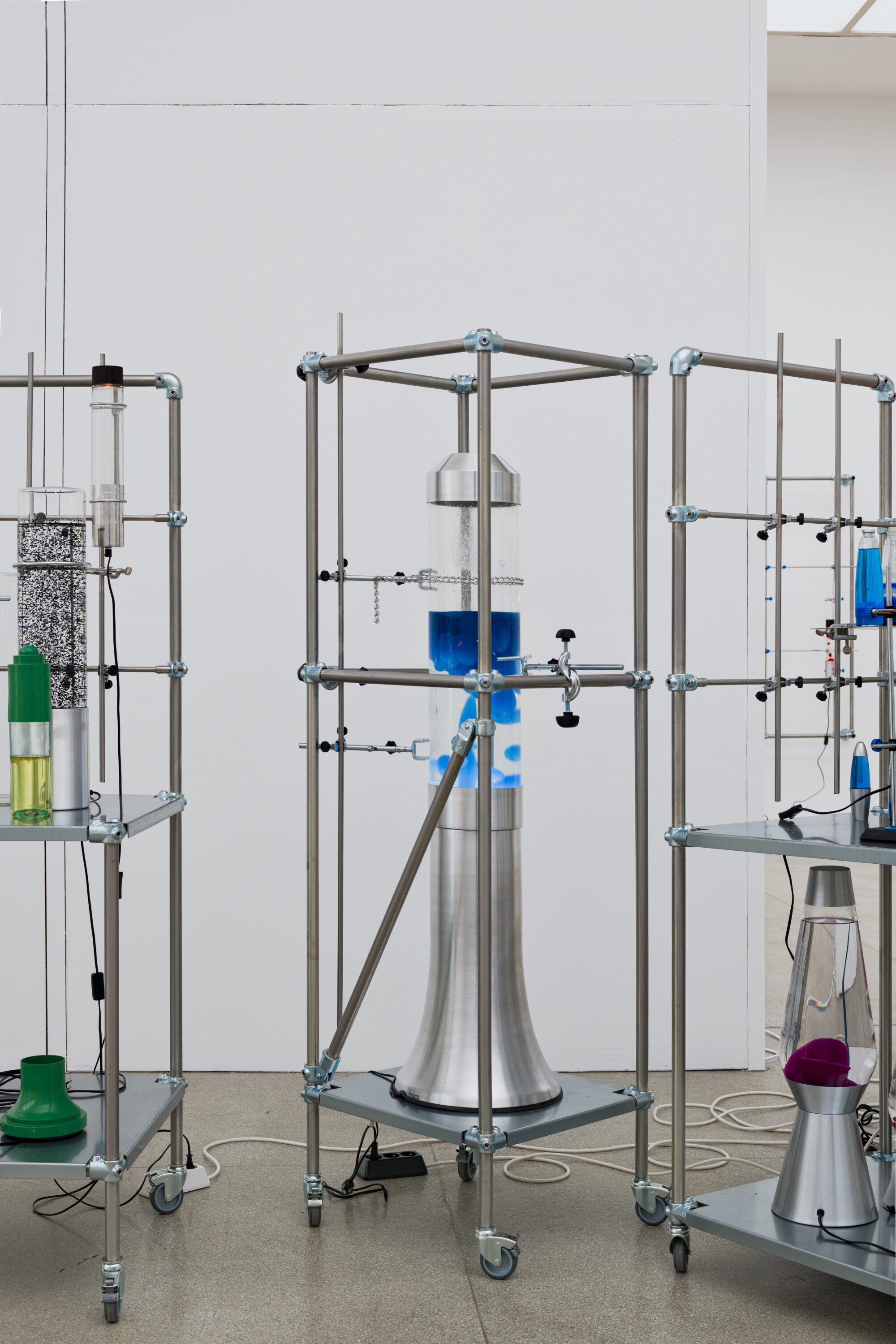
Lazar Lyutakov, 1 Million Random Numbers, installation view, Secession 2023, photo: Peter Mochi
Here Lyutakov takes up the modular structure of the exhibition space with the grid from ceiling to floor, which is, however, broken up thanks to the intense colors and permanent movements in the lamps. Lyutakov also plays with the concept of contrasts in the title: the unpredictability of the bubble behavior is the perfect random value for encryptions. A U.S. company films the shapes lined up on shelves in its office, has the registered movements translated into numbers, and as part of mathematical operations, a cryptographic random code is thus generated that is virtually unbreakable – thus preventing unauthorized access to servers.
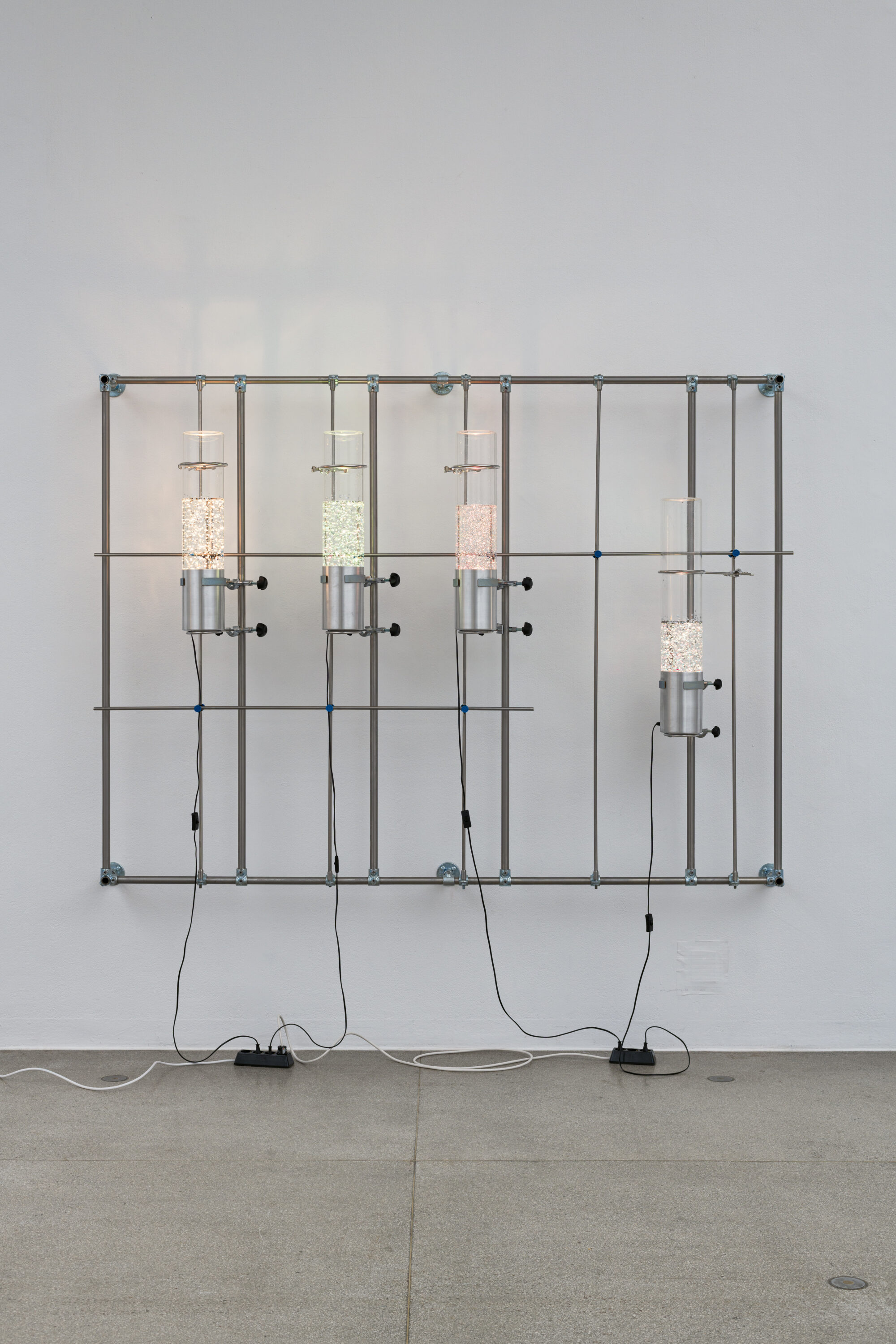
Lazar Lyutakov, 1 Million Random Numbers, installation view, Secession 2023, photo: Peter Mochi
But even without this knowledge, one immediately understands here in the Secession that Lyutakov is letting two worlds collide here: the hallucinogenic oblivion of the world from the first phase of the lamps meets a technoid access to the world in a completely irreconcilable way. Like the bubbles in the lamps, we are driven back and forth between the beauty of these ungovernable, amorphous forms and that of the holding rigor of the grid-like order. Like the bubbles in the lamps, we don’t have to stop on any side, but let ourselves drift gently through this fascinating exhibition.
Lazar Lyutakov, 1 Million Random Numbers, Vienna Secession, 30.6.-3.9.2023
